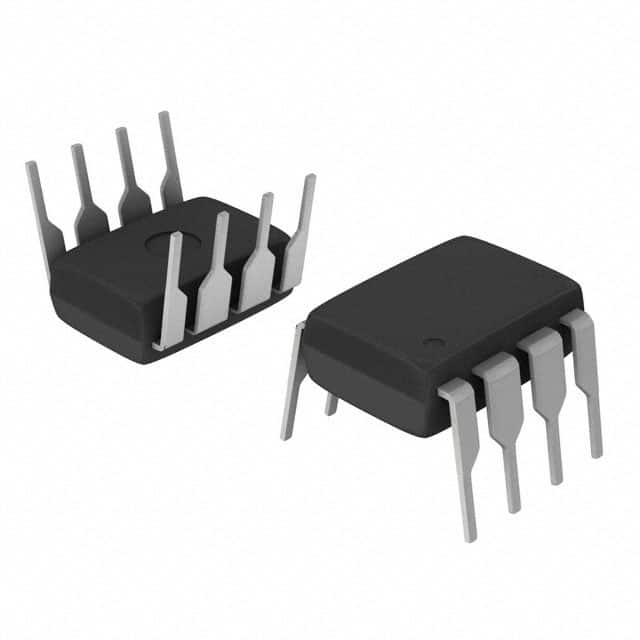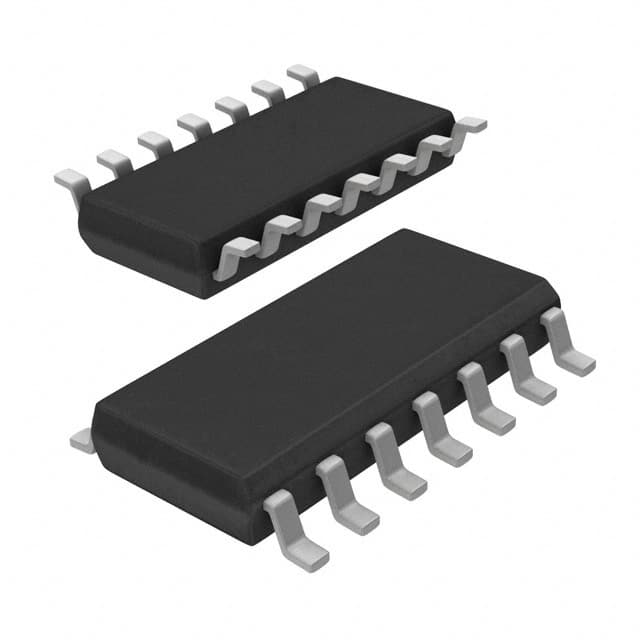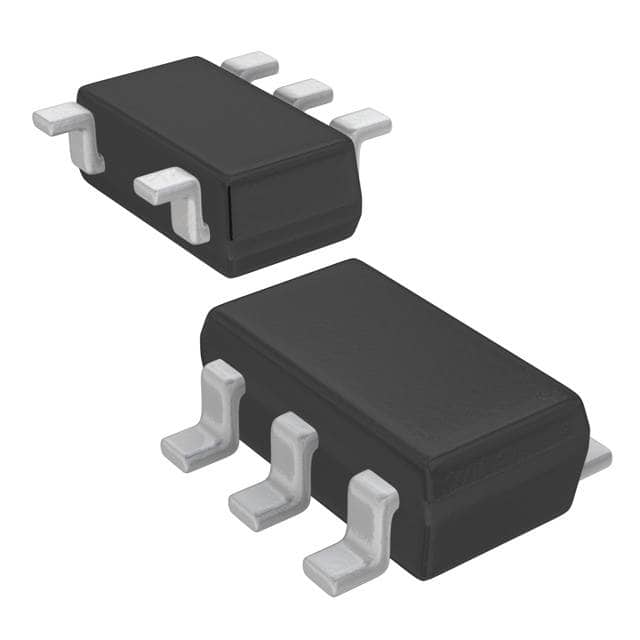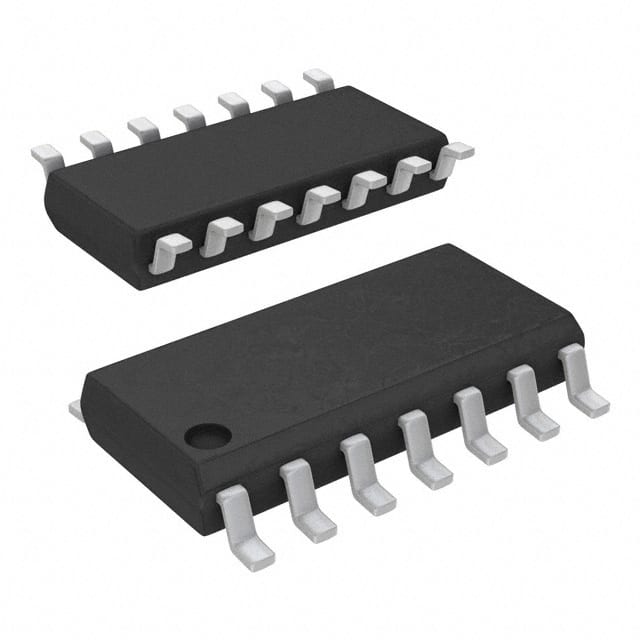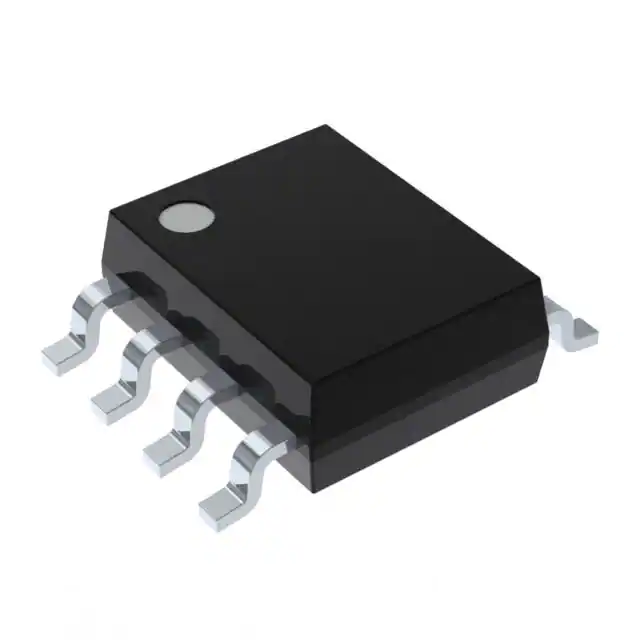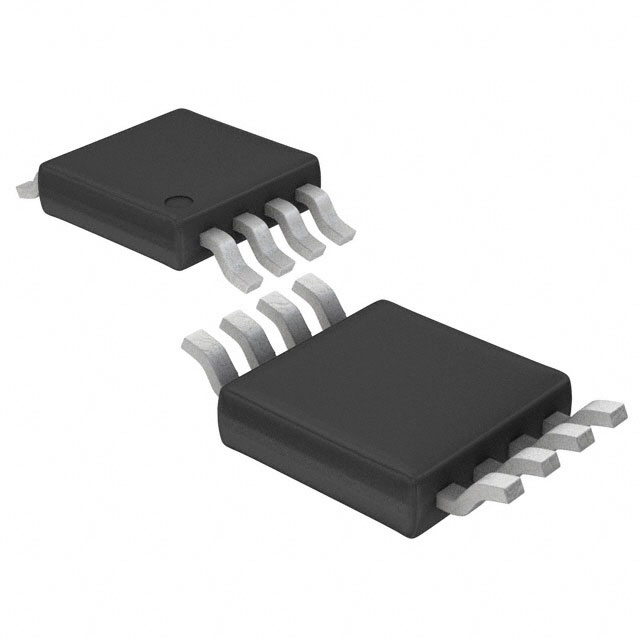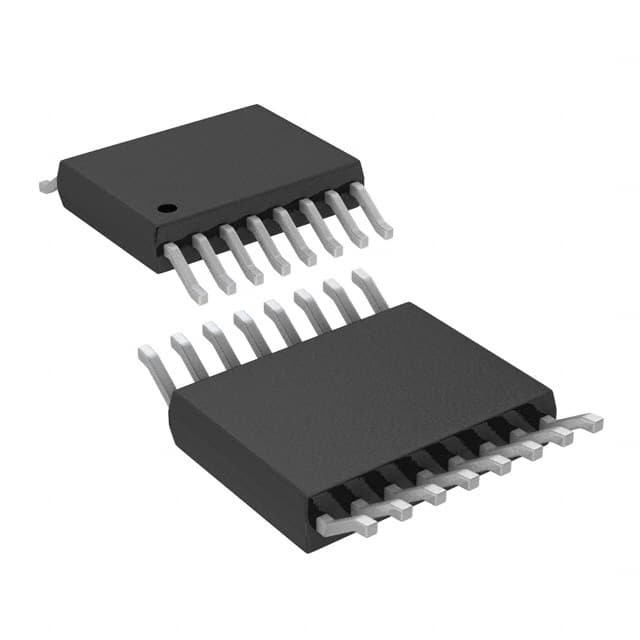STMicroelectronics NE555N

- Part No.:
- NE555N
- Manufacturer:
- STMicroelectronics
- Package:
- 8-DIP (0.300, 7.62mm)
- Datasheet:
-
 NE555N.pdf
NE555N.pdf
- Description:
- IC OSC SINGLE TIMER 500KHZ 8-DIP
- In Stock:
- 3073
- Quantity:
- Add To Cart
- For more detailed including pricing and shipping
Please send RFQ , we will respond immediately.
 Purchase and inquiry
Purchase and inquiry
NE555N Specifications
- Package/Case:8-DIP (0.300, 7.62mm)
- Packaging:Tube
- Series:-
- ProductStatus:Obsolete
- Type:555 Type, Timer/Oscillator (Single)
- Count:-
- Frequency:500kHz
- Voltage-Supply:4.5V ~ 16V
- Current-Supply:10 mA
- OperatingTemperature:0°C ~ 70°C
NE555N this integrated circuit is available in factory sealed anti static packs. at icwhale.com. Please read product page below detail information. including NE555N price, data-sheet, in-stock availability, technical difficulties. Also. Quickly Enter the access of compare listing to find out replaceable electronic parts. If you want to retrieve comprehensive data for NE555N to optimize the supply chain (including cross references, life-cycle, parametric, counterfeit risk, obsolescence managements forecasts), please contact to our Tech-supports team.
Purchase in icwhale.com
There is no doubt that you may place an order without registering to icwhale.com.
We strongly suggest you sign in our shop before purchasing as you can track your order real-time tracking.
Means of Payment in icwhale.com
For your convenience, we support multiple payment methods in USD, including PayPal, Credit Card, wire transfer. and Alipay.
RFQ (Request for Quotations) in icwhale.com
It is recommended to acquire for quotations to get the latest prices and inventories about the parts.
Our sales will reply to your request by email within 24 hours.
Warm reminder
1. You'll receive an order information email in your email inbox. (Please remember to check the spam folder if you didn't hear from us).
2. Since inventories and prices may fluctuate to some extent, the sales manager is going to reconfirm the order and let you know if there are any updates.
Shipping & Handling
Shipping fee starts at $35, but some countries will exceed $35. For example (South Africa, Brazil, India, Pakistan, Israel, etc.)
The basic freight (for package ≤0.5kg or corresponding volume) depends on the time zone and countries.
Shipping Method
Currently, our products are shipped through DHL, FedEx, SF, UPS and China Post.
Order Tracking for International Orders
Once your order has been shipped, the tracking number will be sent to the email address registered to your account. This information can also be viewed when logged into your account in the "my account" page.
 NE555N information
NE555N information
Views:
Master the NE555N Timer: Essential Tips for DIY Projects
The NE555N Clock could be a flexible and broadly utilized component in gadgets, advertising a run of functionalities that make it crucial for DIY devotees and experts alike. Whether you're planning a basic Driven flasher, making pulse-width tweak (PWM) circuits, or building an astable multivibrator, acing this clock can open incalculable imaginative conceivable outcomes. In this article, we'll explore essential tips and practical advice to help you make the most of this powerful and reliable NE555N IC, along with some functional alternatives for specific applications.
Understanding the NE555N Timer
This clock, portion of the well known 555 arrangement, is an coordinates circuit (IC) that works as a clock or oscillator. The 555 timer monolithic IC is famous for its capacity to create exact time delays or swaying frequencies, making it a staple in timing-related ventures.Furthermore, the 555 monolithic IC offers steadiness and unwavering quality, which are basic in numerous electronic circuits. Some time recently jumping into commonsense applications, it's pivotal to get it the nuts and bolts of how the IC works and how to translate the NE555N timer datasheet to maximize its potential.
How the NE555N Timer Works
The NE555N Timer operates in three different modes: monostable, astable, and bistable. These modes determine how the timer behaves in various circuits.
-
Monostable Mode: In this mode, the timer produces a single pulse when triggered. The pulse duration is determined by the values of the external resistor and capacitor connected to the timer. It is commonly used in timing applications where a single event needs to be timed.
-
Astable Mode: This is perhaps the most commonly used mode for the timer. In astable mode, it continuously oscillates between its high and low states, generating a square wave output. This mode is useful in applications like LED flashers, tone generators, and clock pulses.
-
Bistable Mode: In bistable mode, the clock capacities as a flip-flop, exchanging between its tall and moo states when activated. This mode is utilized in circuits requiring a steady ON/OFF yield, such as a straightforward hook circuit.
Decoding the NE555N Pinout
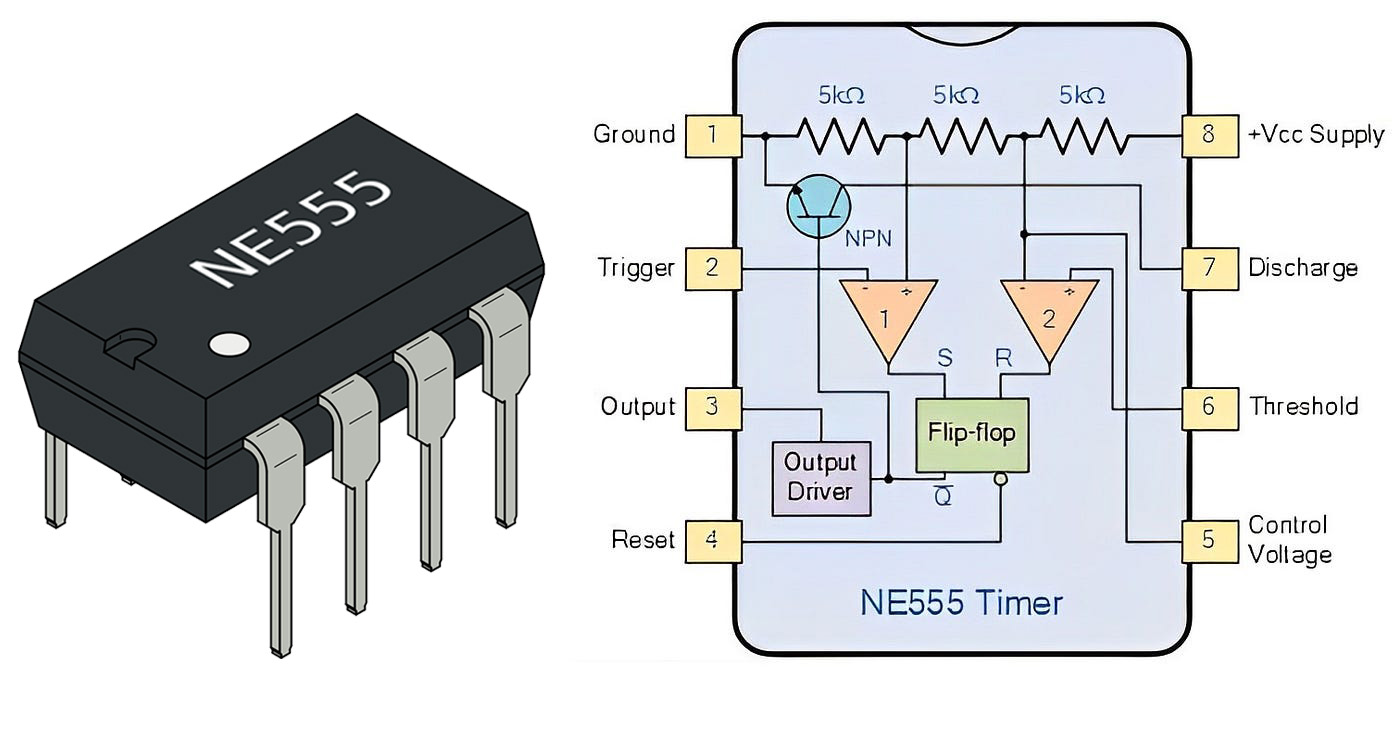
Understanding the NE555N pinout is crucial for wiring the IC correctly in your circuit. The timer has eight pins, each serving a specific function:
- Pin 1 (Ground): Connects to the ground of the power supply.
- Pin 2 (Trigger): Initiates the timing cycle when activated.
- Pin 3 (Output): Provides the timer's signal, which can be high or low depending on the timer's mode.
- Pin 4 (Reset): Resets the timer when connected to the ground, setting the output to low.
- Pin 5 (Control Voltage): Allows adjustment of the threshold voltage, usually left unconnected or connected with a capacitor.
- Pin 6 (Threshold): Compares the voltage against a reference to determine if the timing cycle should end.
- Pin 7 (Discharge): Connected to the capacitor in timing applications, it discharges the capacitor in astable and monostable modes.
- Pin 8 (VCC): Connects to the positive terminal of the power supply.
Referencing the NE555N timer datasheet will provide detailed specifications for each pin, helping you better understand how to incorporate the timer into your projects.
Essential Tips for Utilizing the NE555N Clock
Presently that we've secured the essentials, let's jump into a few fundamental tips for working with the NE555N Clock in your DIY ventures.
Tip 1: Utilize High-Quality Components
The precision and unwavering quality of your clock circuit depend essentially on the quality of the components you utilize. Cheap resistors and capacitors can present changeability that affects the timer's execution. Continuously decide on components with tight resiliences, particularly in applications where timing accuracy is basic.
Tip 2: Legitimate Decoupling
Decoupling is basic when working with the clock to anticipate undesirable clamor and impedances from influencing the circuit's execution. A great hone is to put a decoupling capacitor, regularly 0.1µF, as near as conceivable to the VCC (Stick 8) and Ground (Stick 1) pins. This makes a difference stabilize the power supply and diminishes the probability of sporadic behavior within the timer's operation.
Tip 3: Understanding Timing Calculations
The timing characteristics of the IC are determined by the external resistors and capacitors you choose. For instance, in monostable mode, the pulse duration is calculated using the formula:

Where T is the time in seconds, R is the resistance in ohms, and C is the capacitance in farads. In astable mode, the frequency of oscillation is given by:

Where R1 and R2 are the resistances and C is the capacitance.
Having a good grasp of these calculations allows you to tailor the timer's output to your specific project needs, whether you're aiming for precise time delays or specific oscillation frequencies.
Tip 4: Test with Diverse Modes
The flexibility of the NE555N Clock lies in its capacity to operate in numerous modes. Do not be perplexed to explore with distinctive setups to see what works best for your venture. For illustration, you might begin with a basic Driven flasher in astable mode and after that adjust the circuit to function in monostable mode for a diverse application. Hands-on experimentation is key to acing the clock and understanding its full potential.
Tip 5: Utilize the Clock in PWM Circuits
One of the effective applications of the NE555N Clock is in Beat Width Balance (PWM) circuits. PWM may be a strategy utilized to control the sum of control conveyed to an electronic component, such as altering the brightness of an Driven or controlling the speed of a engine. By modifying the obligation cycle of the timer's yield, you'll successfully control the control provided to a stack, making it an fundamental instrument in numerous DIY ventures.
Exploring NE555N Functional Alternatives
While the NE555N Timer is incredibly versatile, there are situations where you might need to explore functional alternatives depending on your project's specific needs. Some alternatives include:
These choices give extra adaptability when planning circuits, permitting you to select the foremost fitting component for your particular application.
Progressed Applications and Investigating
Once you're comfortable with the nuts and bolts of the NE555N Clock, you'll be able investigate more progressed applications and troubleshoot common issues.
Progressed Timing Circuits
The clock can be combined with other components to make more sophisticated timing circuits. For case, you'll utilize it in conjunction with a decade counter to form a successive clock, where the timer's yield triggers a arrangement of occasions. Another progressed application is utilizing the clock in a recurrence divider circuit, where it diminishes the recurrence of an input flag by a particular figure.
Investigating Common Issues
Like all components, the NE555N Timer can present challenges during use. Some common issues include:
- Erratic Output: This can often be traced back to poor decoupling or a noisy power supply. Ensure you have proper decoupling capacitors in place.
- Inaccurate Timing: If the timing of your circuit is off, double-check your resistor and capacitor values and verify your calculations. Using components with tighter tolerances can also improve accuracy.
- Thermal Considerations: The timer may experience overheating if it is tasked with driving a load that surpasses its current handling capacity. Ensure you're within the recommended operating parameters, and consider adding a heat sink if necessary.
Conclusion
Mastering the NE555N Timer opens up a vast array of opportunities for DIY electronics projects. By understanding its operation modes, decoding the NE555N pinout, and following the essential tips outlined in this article, you can confidently incorporate this versatile IC into your designs. Additionally, knowing the functional alternatives, such as the 7555 CMOS Timer, LM358 Op-Amp, and CD40106 Schmitt Trigger, allows you to adapt to different project requirements. Whether you're a specialist or a professional, this timer could be a device that will serve you well in endless applications. Continue to investigate, grow your information, and most imperatively, appreciate the method of bringing your ventures to life!
NE555N FAQ
1. How to order NE555N on icwhale.com?
Currently, icwhale.com only provide peer-to-peer order processing. While you submit the RFQ, our professional agent will contact you with the competitive prices in the global market, and our agent will prompt you to finish the order if you accept our offers.
2. How does icwhale.com guarantee that NE555N is from the original manufacturer or authorized agents?
We have a professional and experienced quality control team to strictly verify and test the NE555N. All suppliers must pass our qualification reviews before they can publish their products including NE555N on icwhale.com; we pay more attention to the channels and quality of NE555N products than any other customer. We strictly implement supplier audits, so you can purchase with confidence.
3. Are the NE555N price and inventory displayed accurate?
The price and inventory of NE555N fluctuates frequently and cannot be updated in time, it will be updated periodically within 24 hours. And, our quotation usually expires after 5 days.
4. What forms of payment are accepted?
Wire Transfer, PayPal, Alipay, Wechat, Credit Card, Western Union, MoneyGram, and Escrow are all acceptable.
Warm Tips: Some orders in certain payment forms may require handling fee.
5. How is the shipping arranged?
Customers can choose industry-leading freight companies, including DHL, UPS, FedEx, TNT, and Registered Mail. Shipping insurance is also available.
Once your order has been processed for shipment, our salesperson will send you an email advising you of the shipping status and tracking number.
Warm Tips: It may take up to 24 hours for the carriers to display tracking information. Usually, express delivery takes 3-5 days, and registered mail takes 25-60 days.
6. What is the process for return or replacement of NE555N?
All goods will implement Pre-Shipment Inspection (PSI), selected at random from all batches of your order to do a systematic inspection before arranging the shipment. If there is something wrong with the NE555N we delivered, we will accept the replacement or return of the NE555N only when all of the below conditions are fulfilled:
(1)Such as a deficiency in quantity, delivery of wrong items, and apparent external defects (breakage and rust, etc.), and we acknowledge such problems.
(2)We are informed of the defect described above within 90 days after the delivery of NE555N.
(3)The PartNo is unused and only in the original unpacked packaging.
Two processes to return the products:
(1)Inform us within 90 days
(2)Obtain Requesting Return Authorizations
7.How to contact us to get technical supports, such as NE555N pin diagram, NE555N datasheet?
If you need any after-sales service, please do not hesitate to contact us.
Hot Products
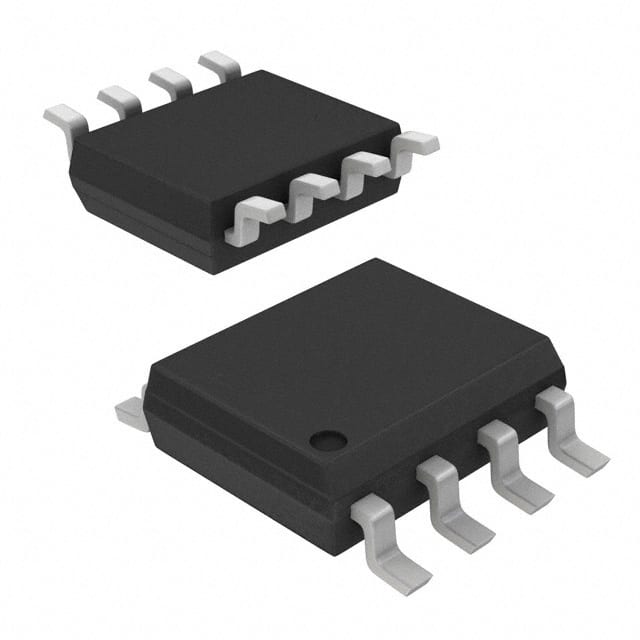
NE555DR
Texas Instruments

SA555DR
Texas Instruments

NA555DR
Texas Instruments

NE555P
Texas Instruments

SE555DR
Texas Instruments
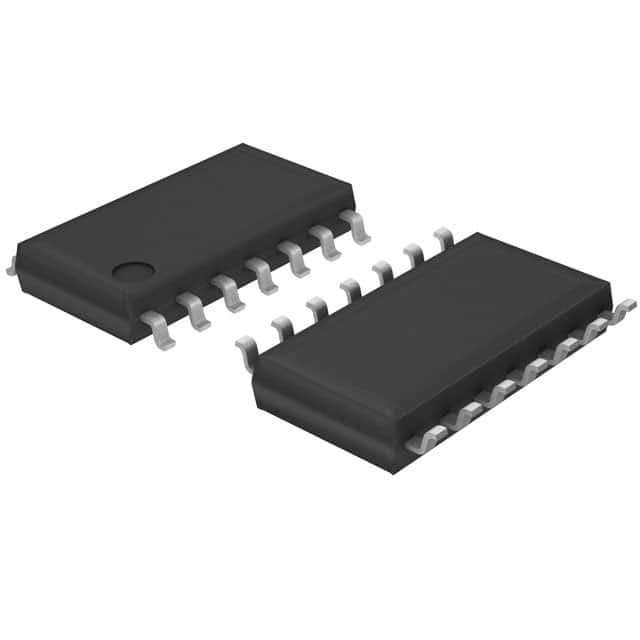
NE556NSR
Texas Instruments
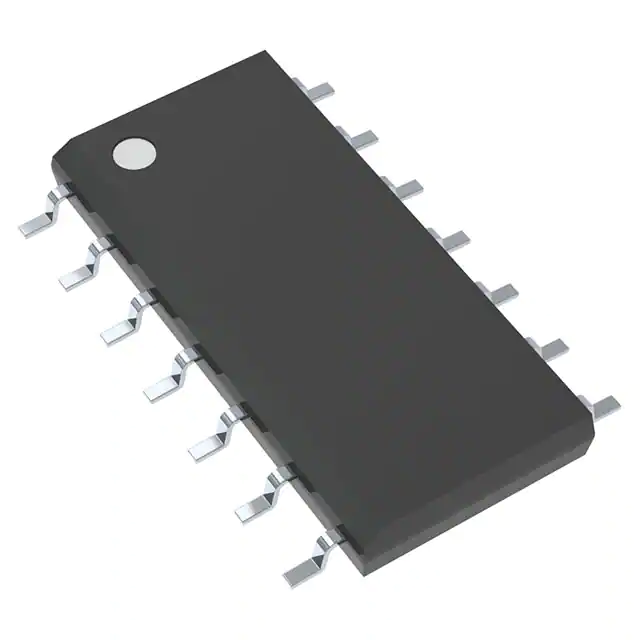
MC14541BDR2G
ON Semiconductor
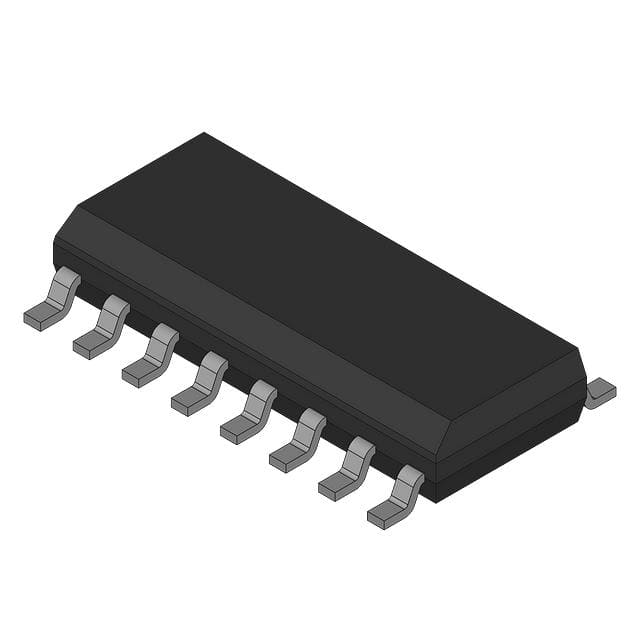
NE556NS
Texas Instruments
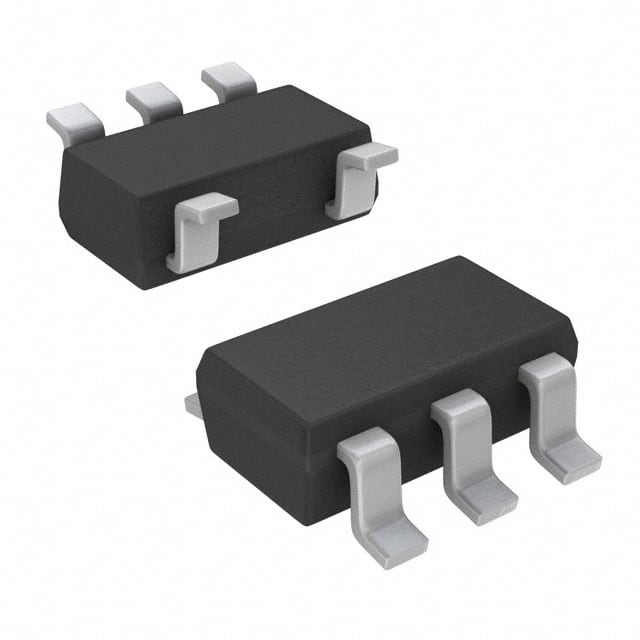
TPL5010DDCR
Texas Instruments

Z84C3010AEG
Zilog

NE555DRG4
Texas Instruments

SA555DRG4
Texas Instruments

LTC1799IS5#TRMPBF
Analog Devices Inc.
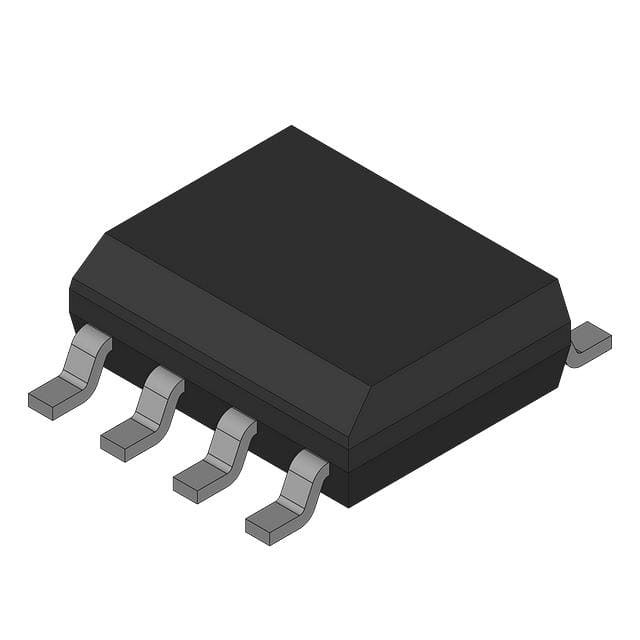
LM555CMX
Fairchild Semiconductor

NE555PS
Texas Instruments
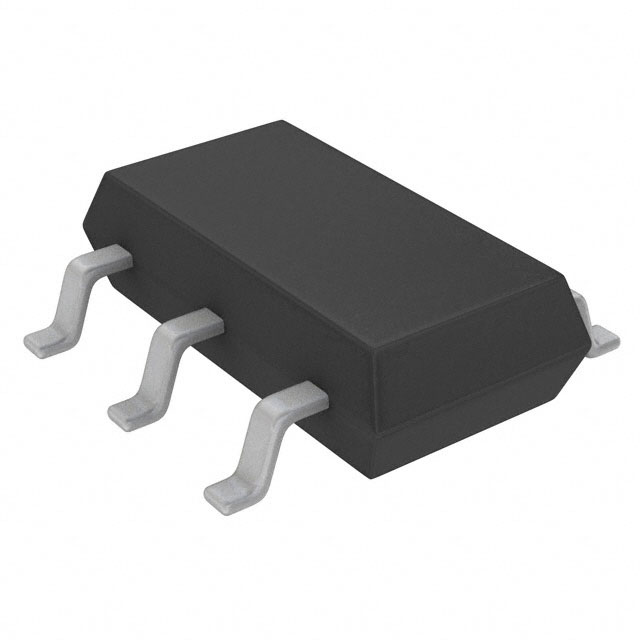
LTC6992CS6-1#TRMPBF
Analog Devices Inc.
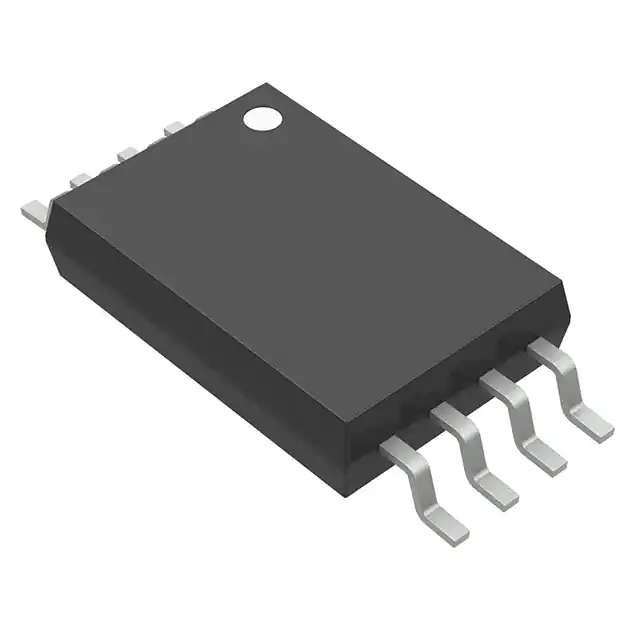
NE555PWR
Texas Instruments

TLC555CDRG4
Texas Instruments

TLC555CDR
Texas Instruments

TLC555IDR
Texas Instruments
-
-
Phone
+86 135 3401 3447 -
Whatsapp

Upgrading...
